Amazon Rainforest Deforestation
In the Renascer reserve, trunks lie in different areas opened by illegal loggers.
This Amazon conservation unit has more than 200 thousand hectares, and is known to have trees with high economic value such as ipe, jatoba and massaranduba.
One of the biggest seizure of illegal timbers, in the Brazilian Amazon forest, happened there in 2010.
Those who are allowed to live in the unit and take care of it, denounced that illegal logging is still happening.
After 2 years without inspection, on last November agents of a Brazilian environmental agency found several spots of illegal logging in the reserve, but they didn’t remove the trees (that were illegally cut), now, the residents of the reserve say there is a big chance of loggers to go back to take the wood.
Official data show Amazon deforestation in Brazil rose almost 30% in the 12 months through July 2019, to its worst level in 11 years.
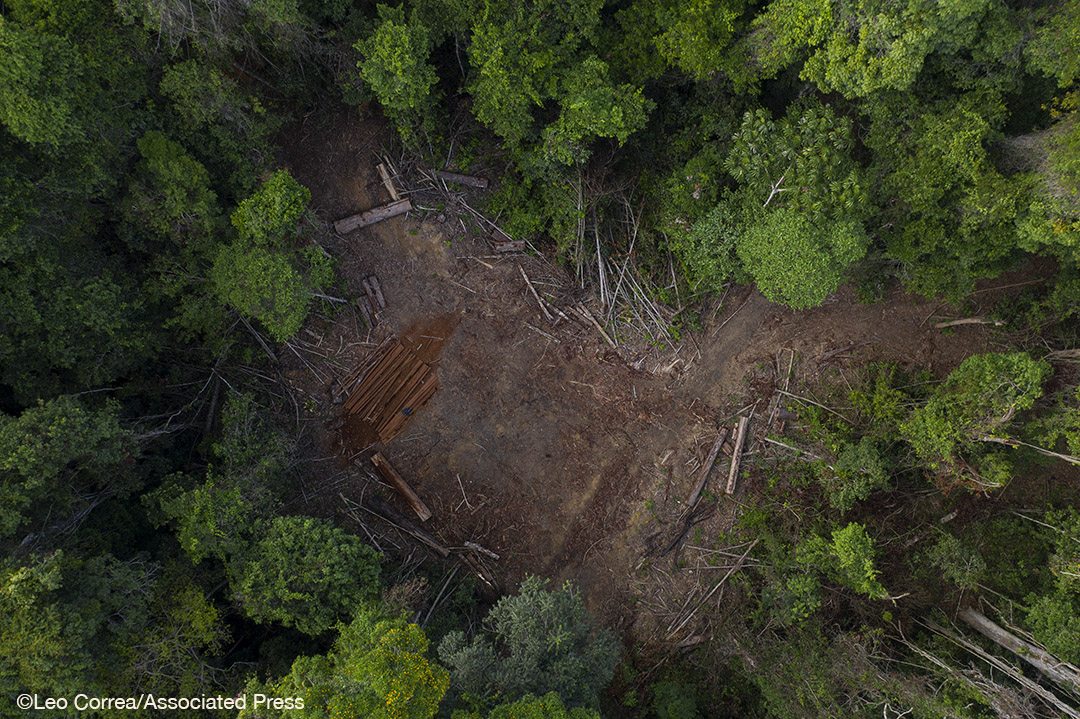
In this Nov. 22, 2019 photo, cut logs lie in an area opened by illegal loggers inside the Renascer Reserve in the Amazon rainforest in Prainha, Para state, Brazil. This area is known to have trees with high economic value such as ipe, jatoba and massaranduba. One of the biggest seizures of illegal timber in the Brazilian Amazon forest happened in this reserve in 2010. Those who live in the area complain that illegal logging is still happening. (AP Photo/Leo Correa)
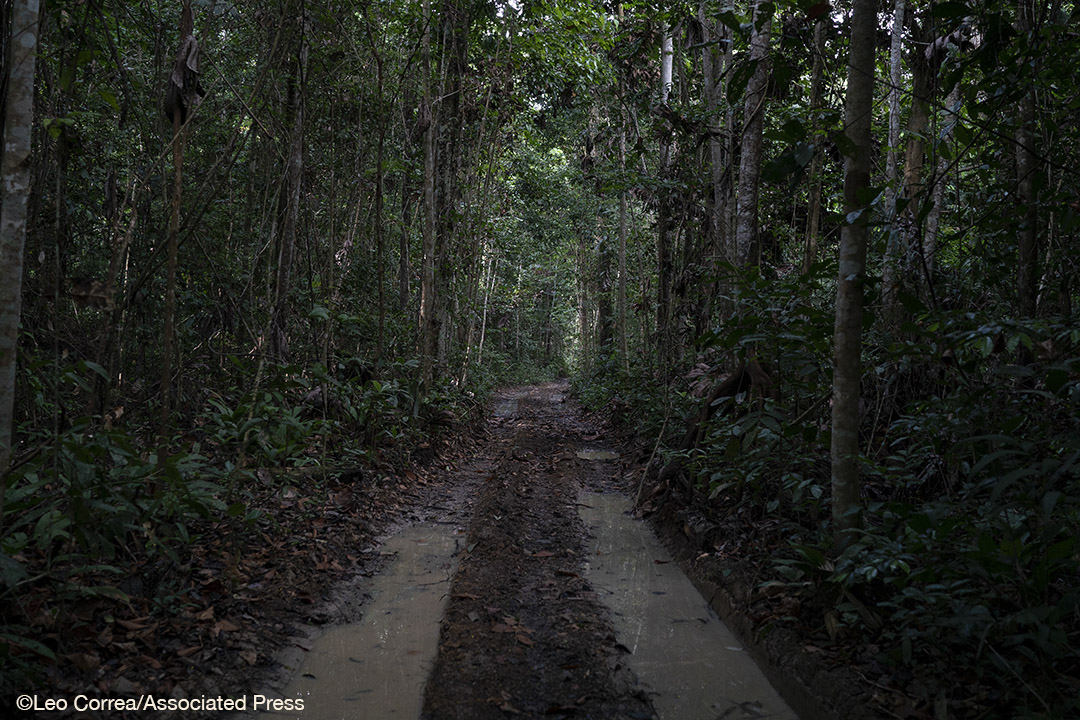
In this Nov. 22, 2019 photo, a path opened by illegal loggers is seen in the Renascer Reserve of the Amazon rainforest in Prainha, Para state, Brazil. This area is known to have trees with high economic value such as ipe, jatoba and massaranduba. (AP Photo/Leo Correa)
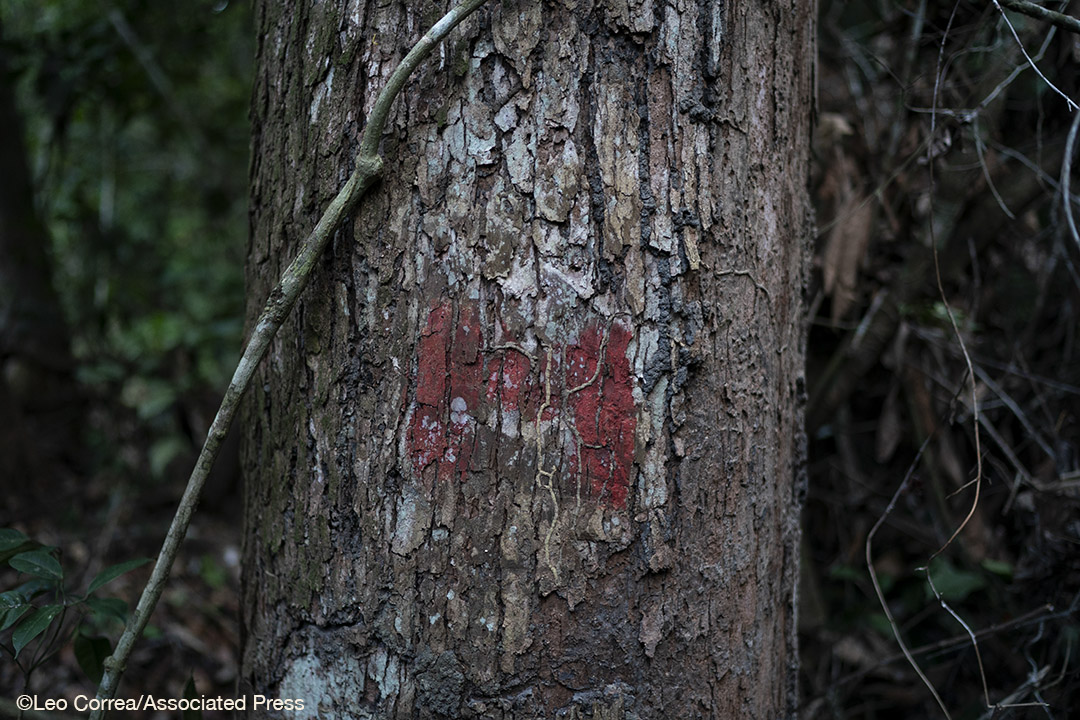
In this Nov. 22, 2019 photo, a tree is marked in red as sign to be cut down by illegal loggers inside the Renascer Reserve in the Amazon rainforest in Prainha, Para state, Brazil. This conservation unit is known to have trees with high economic value such as ipe, jatoba and, massaranduba. One of the biggest seizure of illegal timbers, in the Brazilian Amazon forest, happened in this reserve in 2010. Those who live in there denounce that illegal logging is still happening. After 2 years without inspection, on last November, agents of a Brazilian environmental agency found several spots of illegal logging in the reserve, but they didn't remove the trees illegally cut. Residents of the unit say there is a big chance of loggers return to take the wood. (AP Photo/Leo Correa)
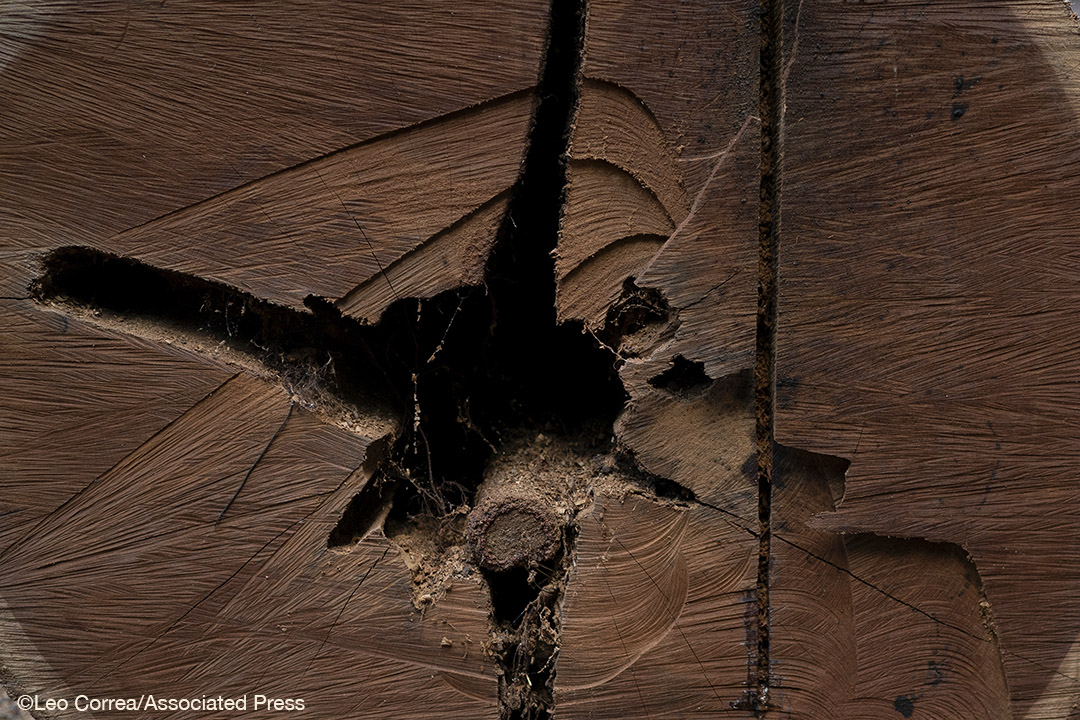
This Nov. 22, 2019 photo shows a cut tree in an area opened by illegal loggers at the Renascer Reserve in the Amazon rainforest in Prainha, Para state, Brazil. This area is known to have trees with high economic value such as ipe, jatoba and massaranduba. (AP Photo/Leo Correa)
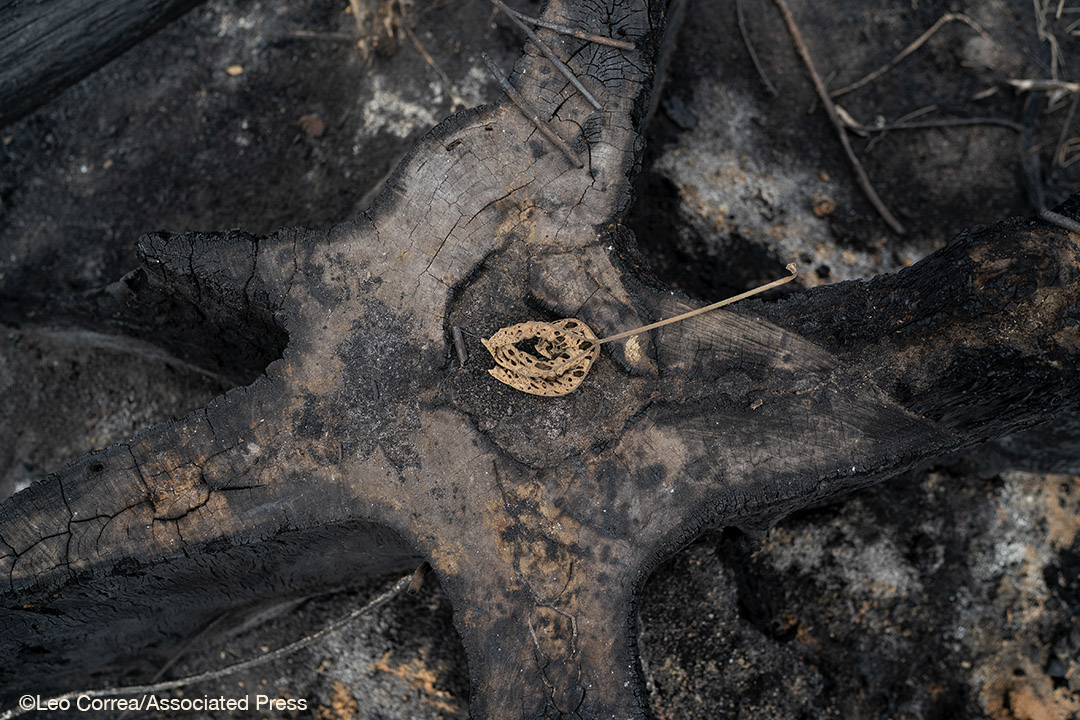
In this Nov. 23, 2019 photo, a cut and burned tree stands in a area in Prainha, Para state, Brazil. Official data show Amazon deforestation rose almost 30% in the 12 months through July, to its worst level in 11 years. Para state alone accounted for 40% of the loss. (AP Photo/Leo Correa)
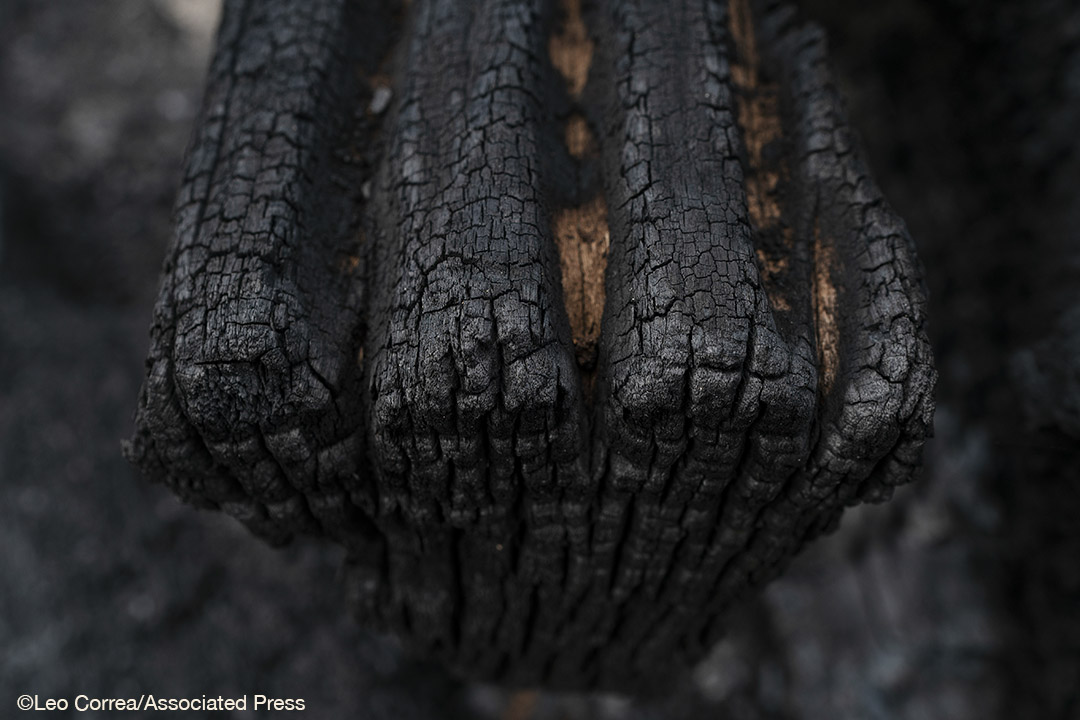
In this Nov. 23, 2019 photo, a burned tree stands in a area in Prainha, Para state, Brazil. Official data show Amazon deforestation rose almost 30% in the 12 months through July, to its worst level in 11 years. Para state alone accounted for 40% of the loss. (AP Photo/Leo Correa)
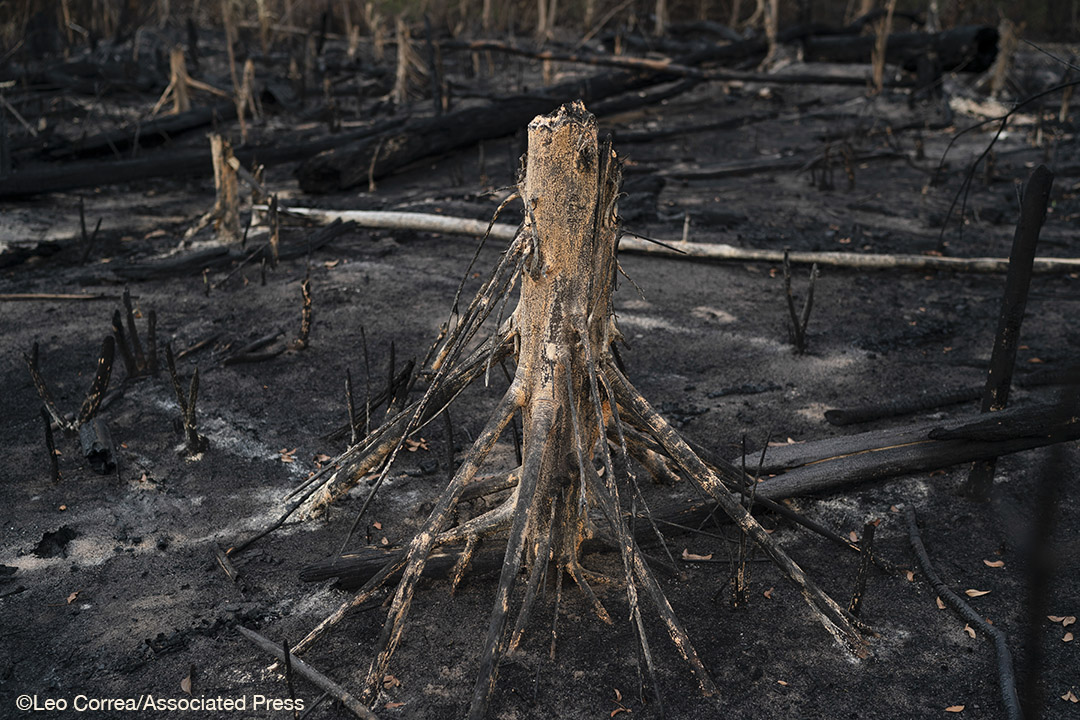
In this Nov. 23, 2019 photo, a cut tree stands in a burned area in Prainha, Para state, Brazil. Official data show Amazon deforestation rose almost 30% in the 12 months through July, to its worst level in 11 years. Para state alone accounted for 40% of the loss. (AP Photo/Leo Correa)
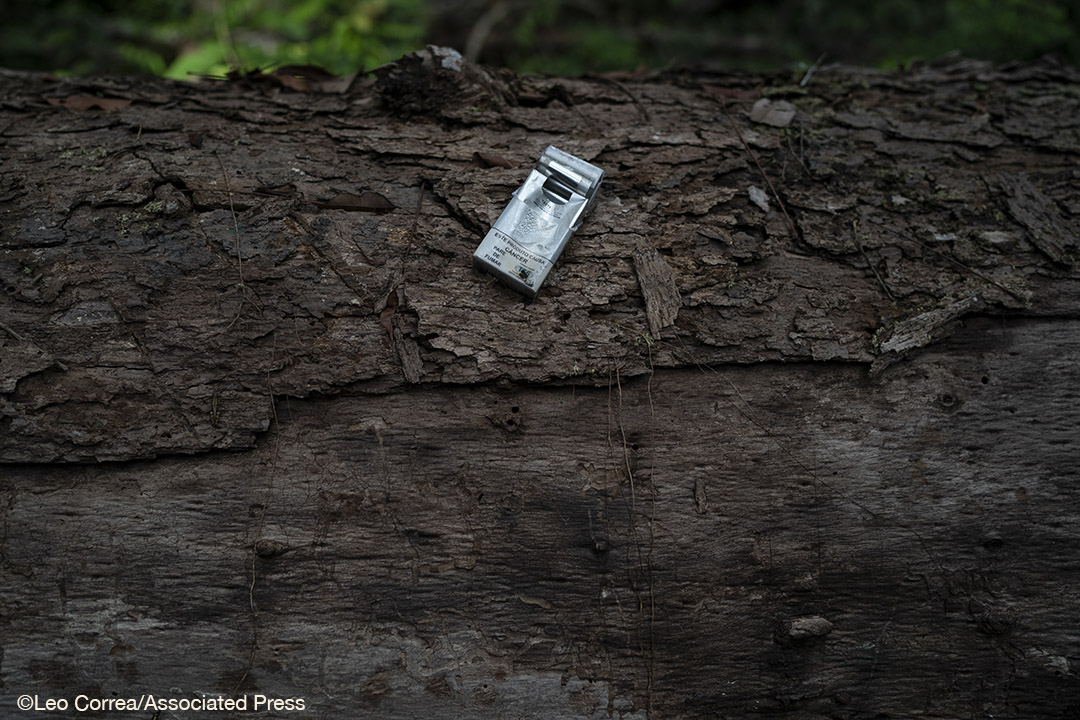
This Nov. 22, 2019 photo, an empty packet of cigarettes is seen over a cut tree in an area opened by illegal loggers at the Renascer Reserve in the Amazon rainforest in Prainha, Para state, Brazil. This area is known to have trees with high economic value such as ipe, jatoba and massaranduba. One of the biggest seizures of illegal timber in the Brazilian Amazon forest happened in this reserve in 2010. Those who live in the area complain that illegal logging is still happening. (AP Photo/Leo Correa)
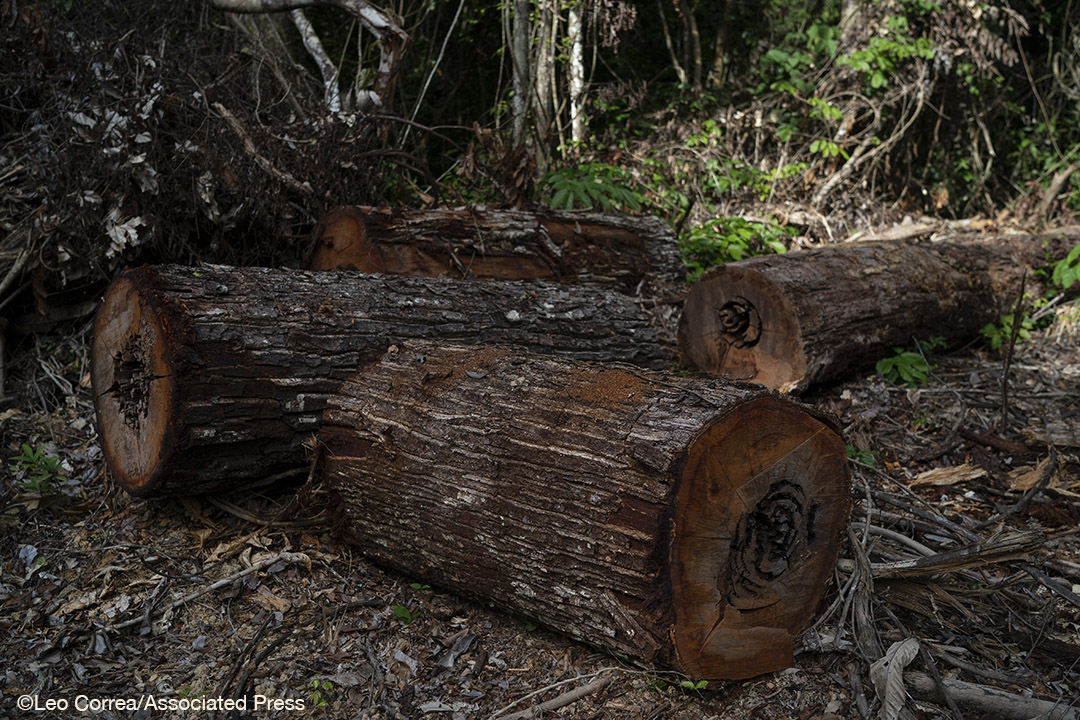
In this Nov. 22, 2019 photo, logs lie in an area opened by illegal loggers inside the Renascer Reserve in the Amazon rainforest in Prainha, Para state, Brazil. This area is known to have trees with high economic value such as ipe, jatoba and massaranduba. One of the biggest seizures of illegal timber in the Brazilian Amazon forest happened in this reserve in 2010. Those who live in the area complain that illegal logging is still happening. (AP Photo/Leo Correa)
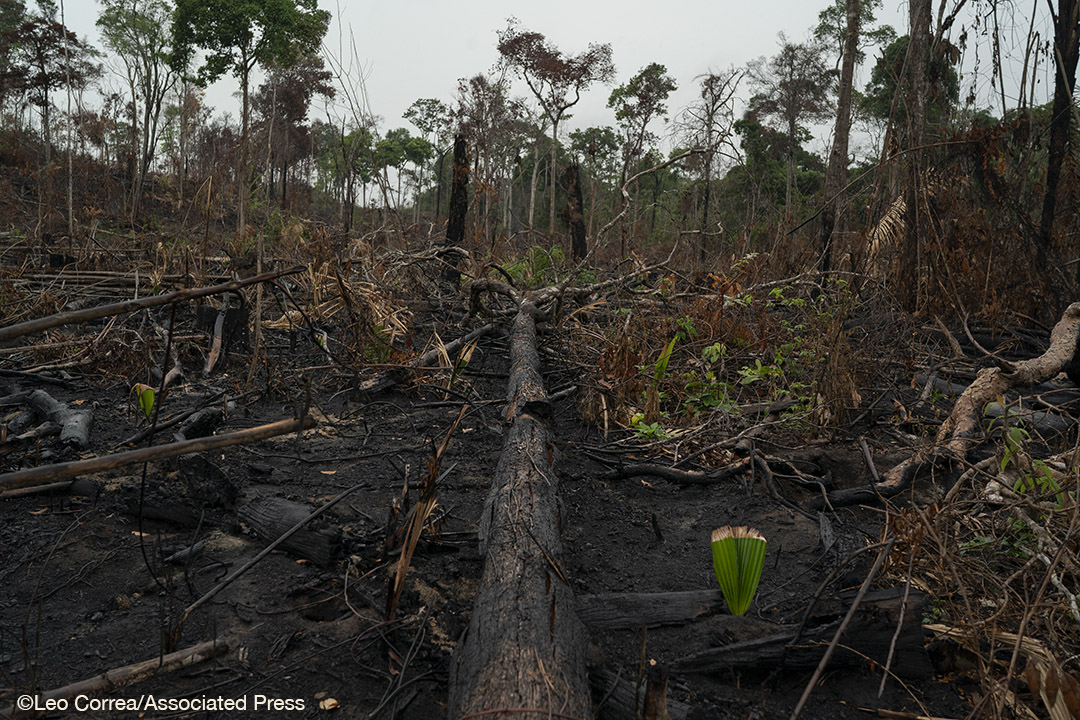
In this Nov. 22, 2019 photo, a cut tree stands in a burned area in Prainha, Para state, Brazil. Official data show Amazon deforestation rose almost 30% in the 12 months through July, to its worst level in 11 years. Para state alone accounted for 40% of the loss. (AP Photo/Leo Correa)
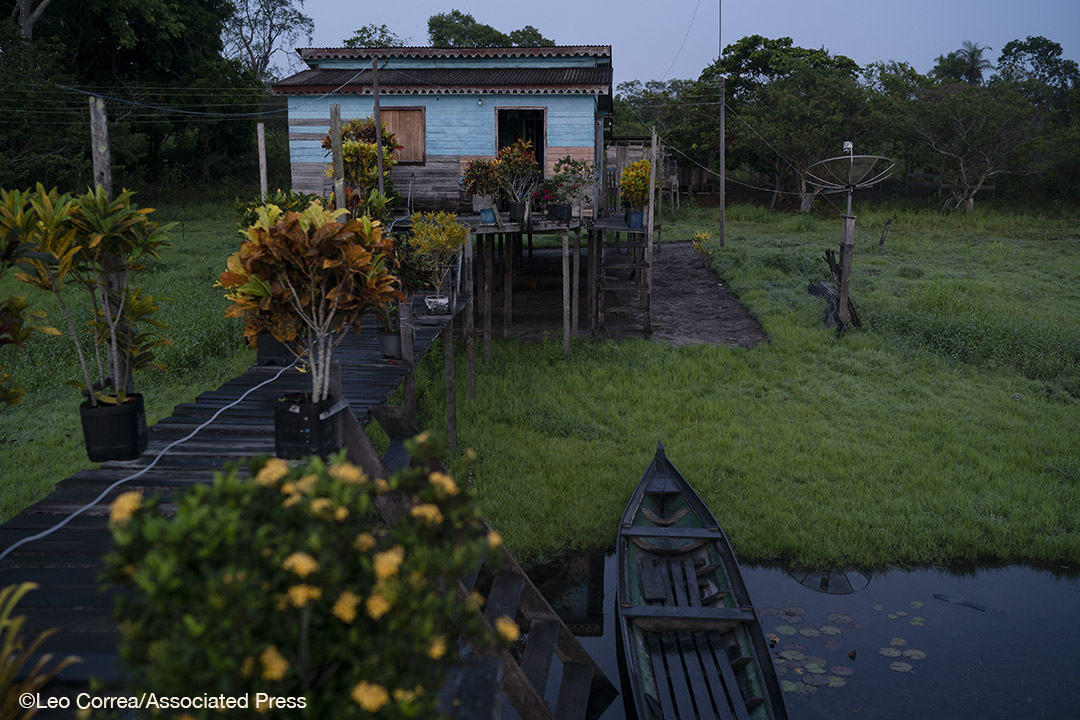
In this Nov. 22, 2019 photo, a wooden house stands at dawn in the Renascer Reserve in the Amazon rainforest in Prainha, Para state, Brazil. The clock is ticking. Already the Amazon is growing warmer and drier, losing its capacity to recycle water, and may become savannah in 15 to 30 years, said Carlos Nobre, a climate scientist at the University of Sao Paulo. (AP Photo/Leo Correa)
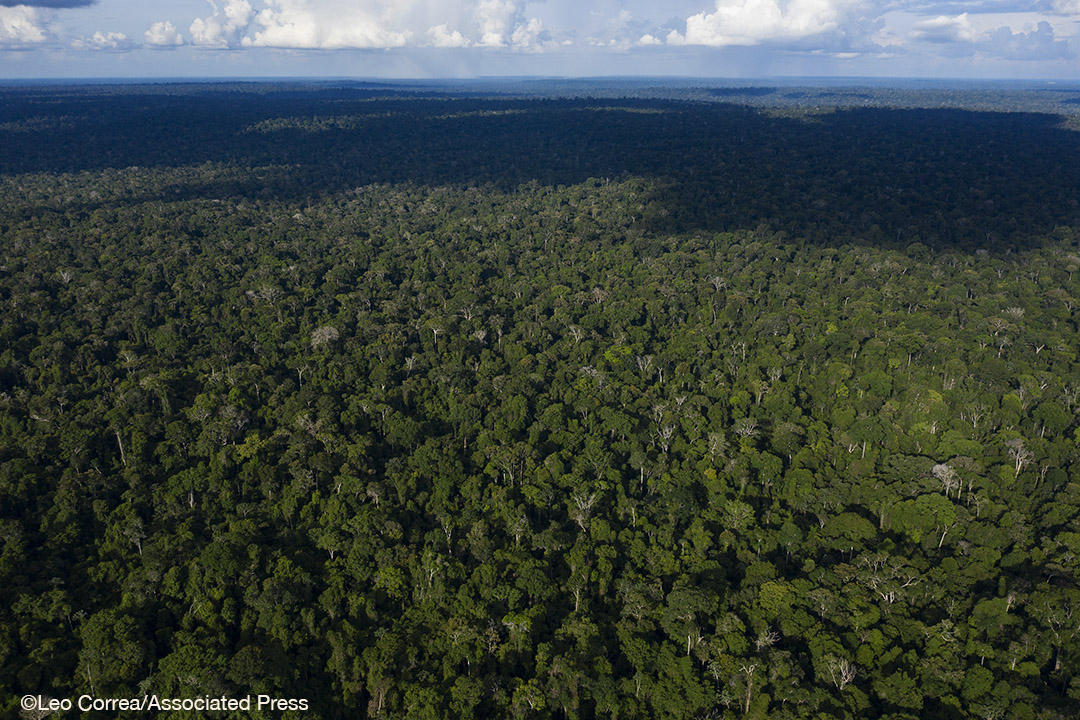
This Nov. 22, 2019 aerial photo shows trees at the Renascer Reserve in the Amazon rainforest in Prainha, Para state, Brazil. This conservation unit is known to have trees with high economic value such as ipe, jatoba and, massaranduba. One of the biggest seizure of illegal timbers, in the Brazilian Amazon forest, happened in this reserve in 2010. Those who live in there denounce that illegal logging is still happening. After 2 years without inspection, on last November, agents of a Brazilian environmental agency found several spots of illegal logging in the reserve, but they didn't remove the trees illegally cut. Residents of the unit say there is a big chance of loggers return to take the wood. (AP Photo/Leo Correa)











